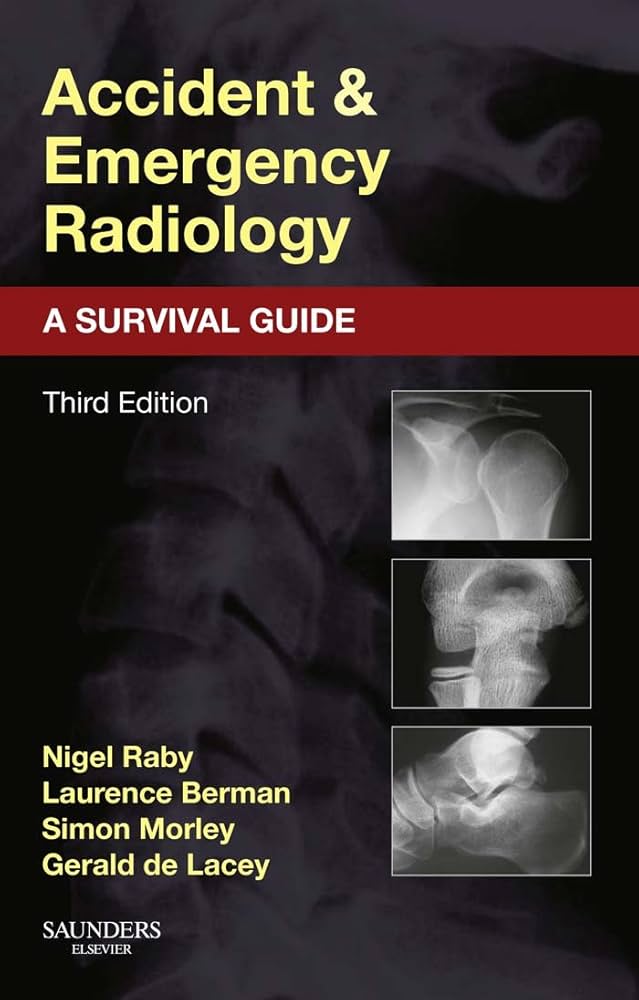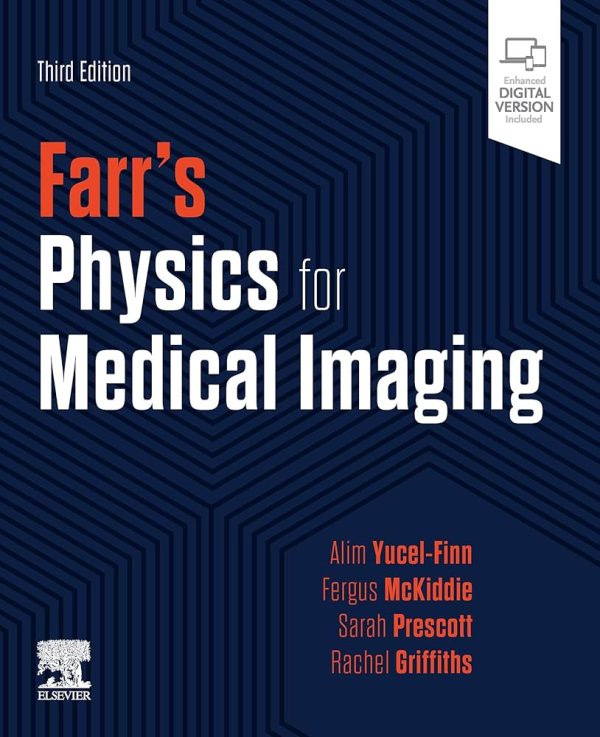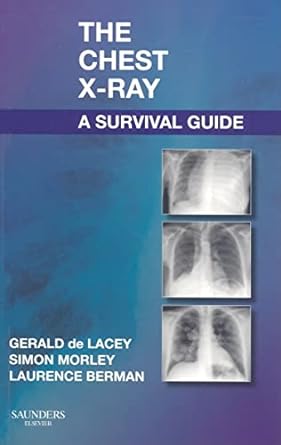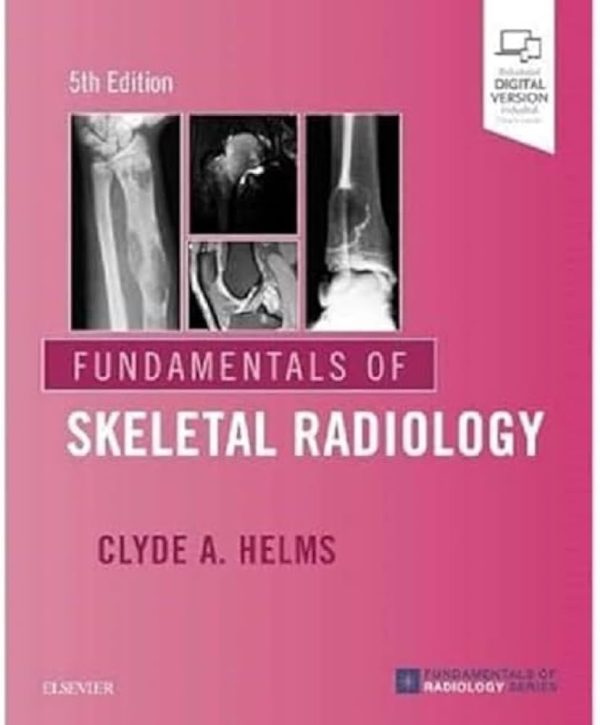Accident and Emergency Radiology: A Survival Guide, is a comprehensive yet practical resource that has become indispensable for medical professionals working in emergency settings. This guide offers a clear and methodical approach to interpreting common musculoskeletal (MSK) radiographs seen in the accident and emergency (A&E) department. The book is now in its 3rd edition and has been refined over the years to provide an essential toolkit for dealing with the demands of emergency radiology.
Overview of Content
Accident and Emergency Radiology: A Survival Guide is designed to serve as a quick reference guide for clinicians and radiologists in an emergency setting, where speed and accuracy are paramount. It covers a broad range of common traumatic and non-traumatic conditions seen on plain film radiographs, with a particular emphasis on MSK (fractures, dislocations, and soft tissue injuries).
The book is structured in a way that allows rapid consultation while still delivering in-depth insights into X-ray interpretation. The content is divided into sections by body regions, such as the head, neck, chest, abdomen, and extremities, making it easy for readers to find the information they need without sifting through unnecessary detail.
Key Features
- Step-by-Step Diagnostic Approach: One of the highlights of Accident and Emergency Radiology: A Survival Guide is its logical and systematic approach to radiographic interpretation. It walks readers through each type of image, outlining a clear diagnostic pathway to help identify fractures and other pathologies quickly. This structured approach is invaluable in emergency settings, where time is of the essence.
- High-Quality Imaging: The book includes numerous high-quality radiographs, which are essential for visual learning. Each image is accompanied by detailed annotations and explanations, which guide the reader in recognising normal and abnormal findings. This visual aid greatly enhances the practical application of the book’s teachings.
- Practical Pearls and Tips: Throughout the book, readers will find practical tips and “pearls of wisdom” that offer expert insights into common pitfalls and diagnostic challenges. These are particularly useful for resident doctors or those less experienced in radiology, as they provide valuable advice on what to watch out for and how to avoid misinterpretation.
- Coverage of Traumatic and Non-Traumatic Injuries: The authors ensure that both traumatic injuries (such as fractures and dislocations) and non-traumatic conditions (such as infections and tumours) are covered comprehensively. This balance ensures that the book is a well-rounded resource for any clinician working in emergency medicine or radiology.
- Portable and Easy to Use: As a compact guide, this book is designed to be portable, making it suitable for use in busy hospital environments. Its layout allows for quick referencing, which is crucial for professionals working in time-sensitive situations like the A&E department.
Pros of the Book
- User-Friendly Structure: The book’s organisation by anatomical region and condition allows for quick and easy referencing. Clinicians can easily flip to the section relevant to their current case without wading through extraneous material. This is particularly helpful in the fast-paced environment of an A&E department, where time is often a critical factor.
- Clear and Practical Guidance: The authors’ focus on practical application sets this book apart from more theoretical texts. The step-by-step approach, combined with the practical tips provided, makes it an excellent teaching tool for resident doctors and a reliable reference for more experienced clinicians.
- High-Quality Visuals: Radiology is a highly visual discipline, and the inclusion of clear, well-annotated images makes this book a standout resource. The radiographs provided offer a wide range of common and less frequent presentations, ensuring that readers are exposed to a broad spectrum of conditions.
- Wide Scope of Content: The guide covers both common and more obscure conditions that clinicians are likely to encounter in emergency settings. This makes it a valuable resource for both novice and experienced practitioners, as it prepares them to recognise a wide array of pathologies.
- Practical Tips on Avoiding Mistakes: The pearls of wisdom and tips scattered throughout the book are a unique feature. These insights from experienced practitioners help readers avoid common diagnostic mistakes, which can be crucial in high-pressure environments.
Cons of the Book
- Limited Coverage of Advanced Imaging Modalities: While the book is excellent for interpreting plain film X-rays, it does not cover more advanced imaging techniques like CT or MRI in any great detail. This could be seen as a limitation, particularly for readers who are looking for a more comprehensive guide that includes other imaging technologies.
- Basic for Experienced Radiologists: The book is primarily geared towards resident doctors, medical students, and non-radiology clinicians working in emergency medicine. As such, it might be too simplistic for more experienced radiologists who may be looking for more advanced material on complex cases. Although, it is ideal for those new to the specialty of radiology.
- Focus on Emergency Settings Only: As the title suggests, the book is focused solely on radiology in an emergency context. This makes it highly specialised and less useful for professionals looking for a broader radiology text that covers both emergency and non-emergency situations.
- Lack of Digital Companion Resources: In the modern age, many textbooks come with supplementary online resources like videos, interactive cases, or quizzes. Unfortunately, this book does not offer any digital companion tools, which could enhance the learning experience, particularly for those who prefer multimedia-based learning.
- Less Detailed on Differential Diagnoses: While the book is excellent for identifying key radiological findings, it does not go into as much depth on differential diagnoses compared to other texts. This could be a drawback for readers who want a more comprehensive understanding of potential diagnoses beyond the primary condition identified on the X-ray.
Who Would Benefit from This Book?
Accident and Emergency Radiology: A Survival Guide is ideally suited for junior doctors, medical students, emergency medicine practitioners, and non-radiology clinicians who need a reliable reference for interpreting plain film radiographs in an emergency setting. Its clear, concise approach also makes it an excellent teaching tool for those new to radiology or emergency medicine.
Experienced radiologists, however, may find the content too basic for their needs, as the book focuses on the fundamental principles of X-ray interpretation rather than more advanced imaging techniques.
Conclusion
In conclusion, Accident and Emergency Radiology: A Survival Guide is an excellent resource for medical professionals working in fast-paced emergency settings. Its structured approach to radiographic interpretation, high-quality visuals, and practical tips make it a standout guide for anyone involved in emergency medicine or radiology.
While it may not cover more advanced imaging techniques or offer digital resources, the book’s focus on plain film X-rays, combined with its accessibility and practicality, ensures it remains an indispensable tool in A&E departments. For resident doctors and new radiology registrars, medical students, or emergency clinicians looking for a solid introduction to emergency radiology, this book is a must-have.
Please note: Our website is funded by user engagement. As such, we may receive a small commission when you purchase a qualifying product via an affiliate link.




